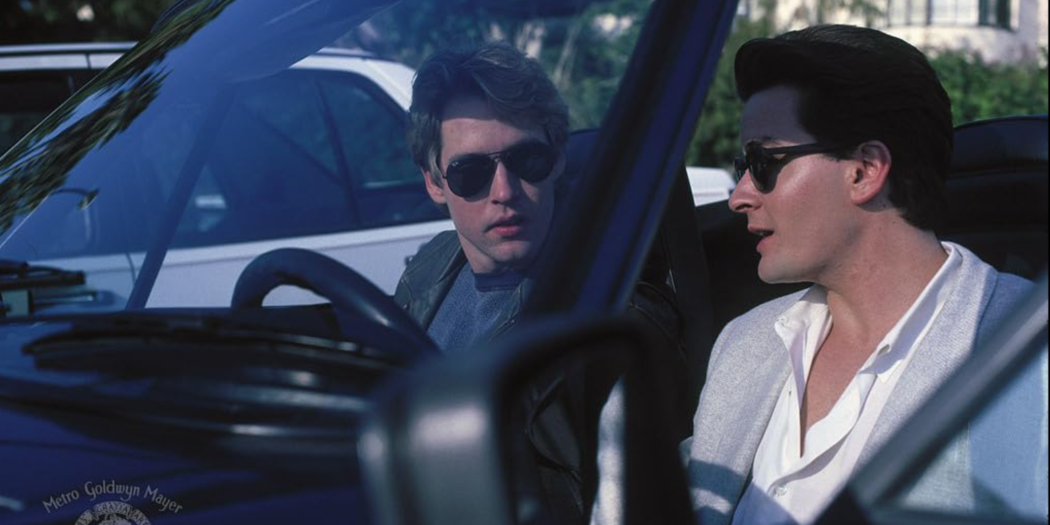Related Articles
No Man’s Land (1987) is a film I hadn’t even heard of until yesterday when I found it on my jailbroken firestick. It presents a narrative that delves into the dangerous world of high-end car theft, setting the stage for exploring identity, ethics, and the seductive allure of life on the wrong side of the law. Directed by Peter Werner with a keen eye for tension and character depth, this film stands out for its nuanced portrayal of characters caught in a moral dilemma framed within the shadowy landscapes of Los Angeles in the 1980s. The film also shares the same plot as The Fast and the Furious (2001), which I found interesting.
No Man’s Land qualifies for Unsung Cinema on the pure basis that I haven’t even heard of it. I know that might sound self-serving, but seriously, it’s a movie with Charlie Sheen, D.B. Sweeney, Randy Quaid, Bill Duke, and M. Emmett Walsh (RIP), and I hadn’t even heard of it! I doubt many others have heard of it, only grossing $2.9 million on an $8 million budget.
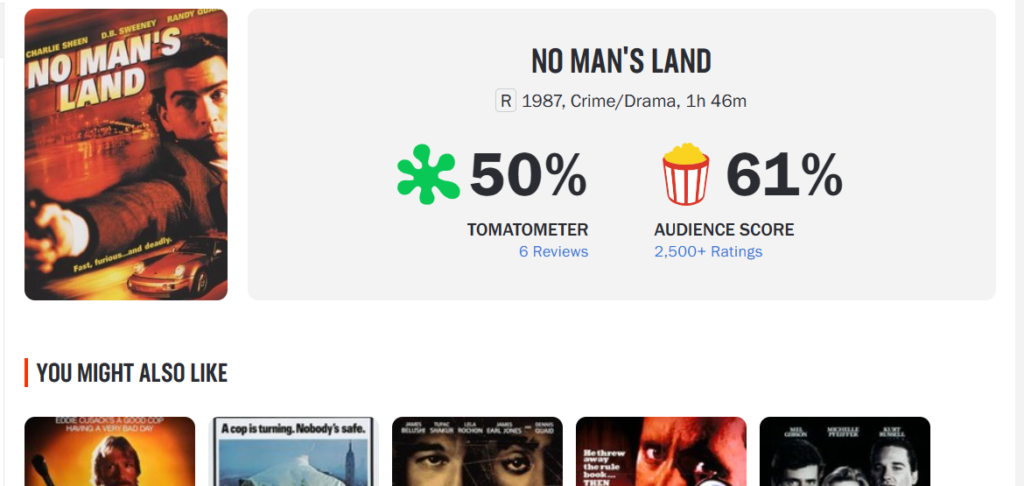
The story follows Benjy Taylor (D.B. Sweeney), a young and ambitious police officer who goes undercover to infiltrate a ring of car thieves in Los Angeles. Assigned to work at an upscale car dealership suspected of being a front for the car theft ring, Benjy gets close to Ted Varrick (Charlie Sheen), the charismatic leader of the thieves and the mastermind behind the operation. As Benjy becomes more involved in the thrill of the criminal lifestyle and forms a bond with Ted, his loyalties begin to waver. Along the way, Benjy forms a romantic relationship with Ted’s sister Ann (Lara Harris). The film explores themes of identity, morality, and the blurred lines between right and wrong. Benjy is forced to confront his values and make difficult choices as he navigates the dangerous and seductive no man’s land between the police and the criminal world.
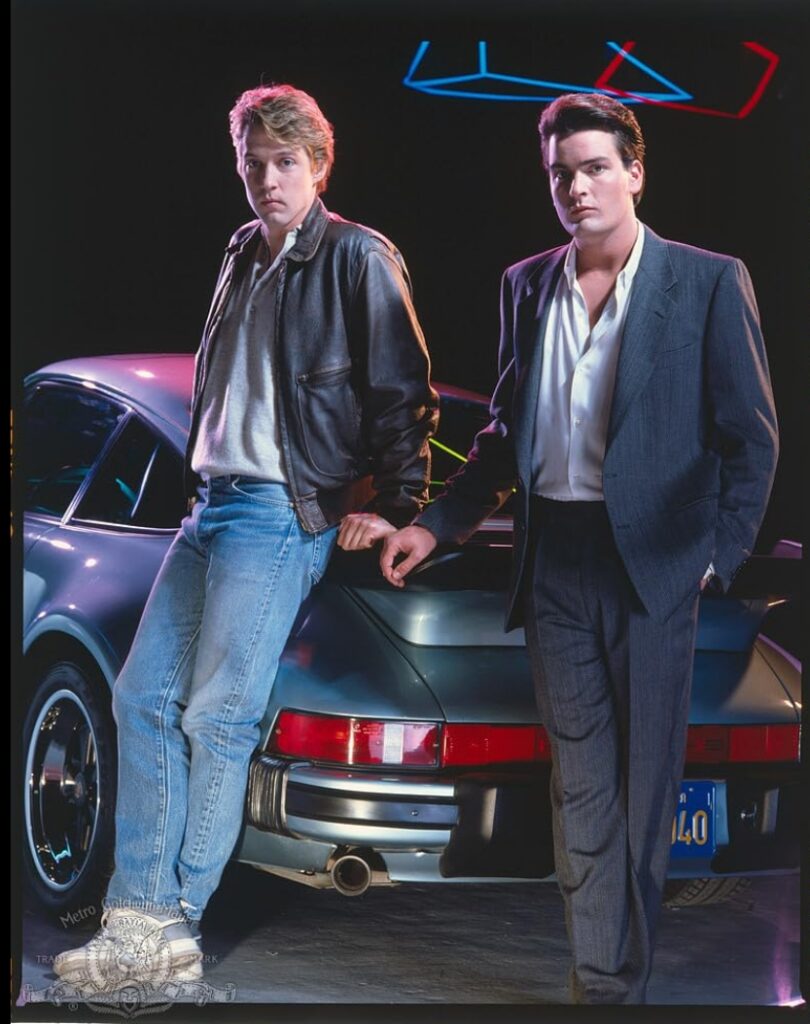
A strength of No Man’s Land lies in its detailed character studies, particularly the dance between Benjy and Ted. Benjy begins as a textbook example of a green recruit, fueled by ideals and a clear-cut sense of duty. However, his descent into Ted’s world introduces him to a life charged with moral ambiguity, challenging his preconceptions and loyalty to the badge. This internal conflict is portrayed with relative authenticity, highlighting the psychological toll of undercover work. Charlie Sheen and D.B. Sweeney have great on-screen chemistry. You really believe they would become friends instantly. Sweeney doesn’t come off like a cop either so the fact he’s able to infiltrate his criminal ring seems believable.
Ted Varrick, played by Sheen, on the other hand, is crafted with layers that break the stereotypical villain mold. His complex personality, blending undeniable charm with a calculated approach to his illegal endeavors, makes him a character that audiences find themselves rooting for, despite his moral transgressions. The dynamic between Ted and Benjy serves as a central pillar of the film, showcasing the blurry line between friendship and duty, and the personal cost of living a double life.
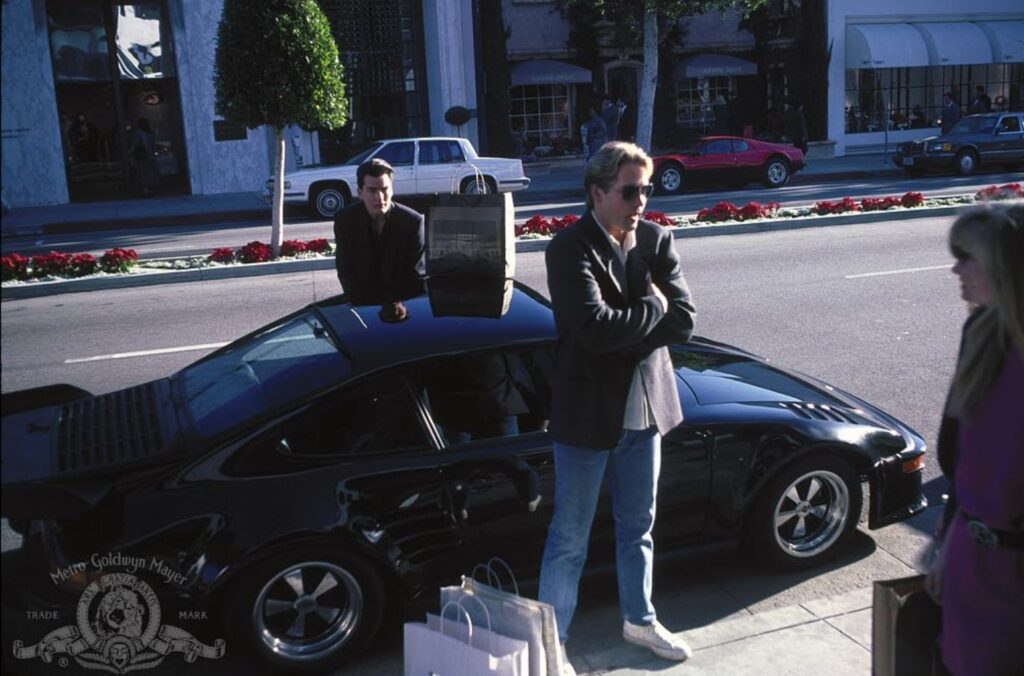
The photography choices in No Man’s Land are instrumental in setting the film’s tone. The Los Angeles setting, with its sprawling cityscapes and hidden underworlds, is captured through a lens that emphasizes the allure. The glossy exteriors of luxury cars contrast with the gritty realities of the theft operations, mirroring the characters’ internal conflicts and the dualities of their world. Peter Werner isn’t a household name and never achieved great success in his career, but I was surprised how atmospheric the film looks with many scenes taking place in LA at night (a favorite time of day for Michael Mann pictures).
No Man’s Land contributes to the crime thriller genre by offering a story that transcends simple categorization as a law enforcement drama or action movie. Its exploration of moral ambiguity, the psychological impact of undercover work, and the complexity of human nature enriches the genre, providing audiences with a more nuanced and contemplative cinematic experience. The most interesting cop vs bad guys movies are ones that explore moral ambiguity like the ones found in Michael Mann, James Gray, or Martin Scorsese pictures.
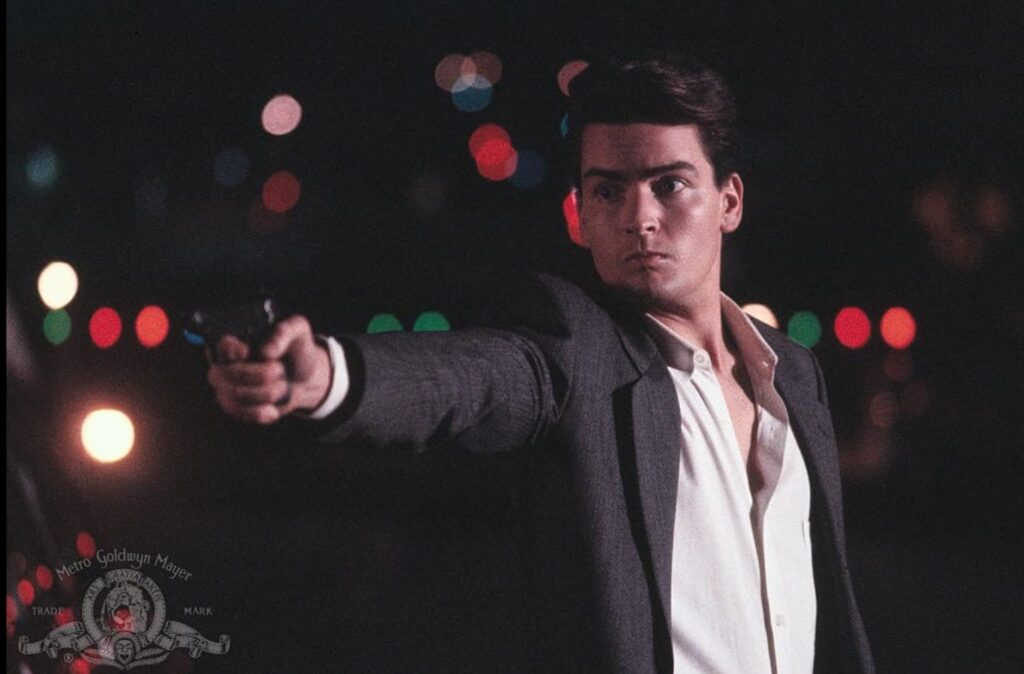
Watching this you can’t help but notice the comparison with 2001’s The Fast and the Furious directed by Rob Cohen. In both films a young cop infiltrates a car theft ring headed by charismatic leaders. In the 2001 film Paul Walker’s character also dates the sister of the charismatic group of thieves. The Fast and the Furious is more focused on racing, though, whereas No Man’s Land offers a more introspective and morally complex narrative, focusing on the psychological toll of undercover work. In contrast, “The Fast and the Furious” celebrates the exhilarating world of street racing, emphasizing action, family, and loyalty. Both films, in their own ways, have left a lasting impact on the portrayal of car culture in cinema, highlighting the enduring fascination with speed, cars, and the people who drive them.
No Man’s Land is a film that blends the thrill of the chase with a profound exploration of identity, ethics, and the human condition. Through its compelling plot, intricate character development, and sophisticated use of cinematic techniques, the film offers a nuanced perspective on the allure and dangers of the criminal underworld. Its rich visual and auditory landscape, combined with Peter Werner’s thoughtful direction, ensures that the film remains a significant and engaging work within the crime thriller genre. While it’s no masterpiece, it’s definitely a severely under looked film that deserves more love than it initially received.
Also of note: No Man’s Land was Brad Pitt’s feature film debut. He can be seen as a waiter in the club that Charlie Sheen’s character frequents. He has no spoken lines but reportedly almost got fired because he tried to add dialogue for his character so he could get a SAG membership.
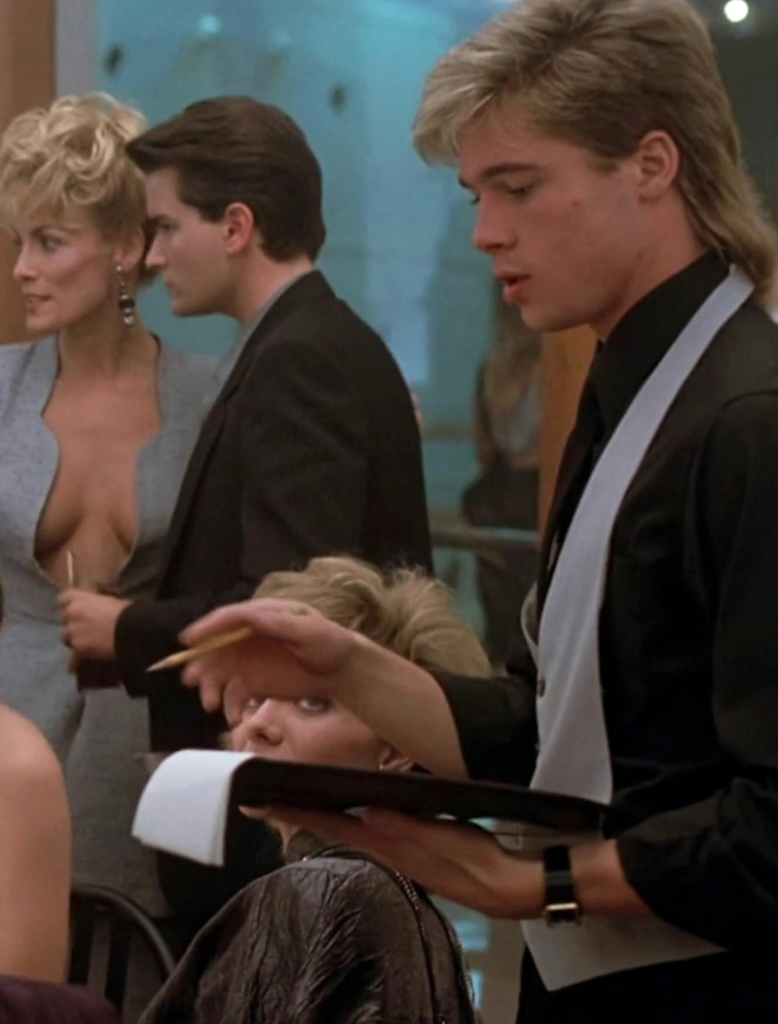
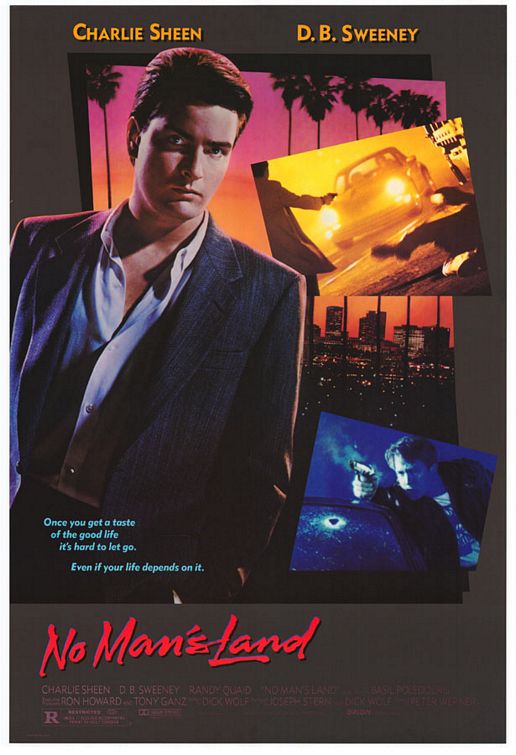
 Movie Finatics The Place for Movie Lovers
Movie Finatics The Place for Movie Lovers
